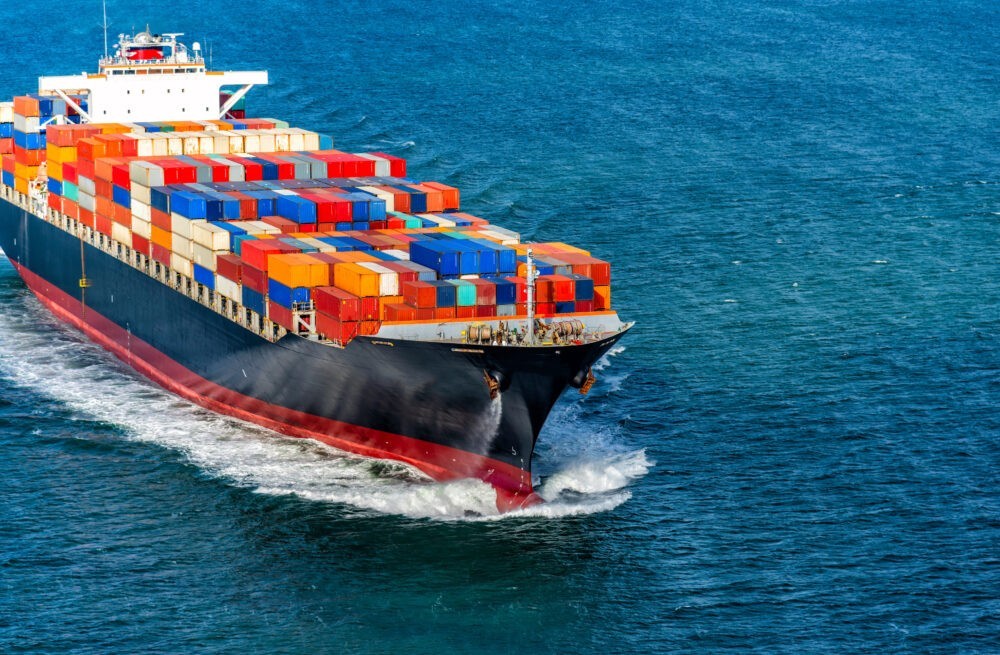Managing a supply chain network when catastrophe strikes is always hectic. That said, when you have a good logistics software, it can lessen the burden.
Earlier this year, many of us woke up to news on the morning of Tuesday, March 26. A massive, modern cargo ship malfunctioned and collided directly with one of the main support pylons of the Francis Scott Key Bridge in Baltimore. An unimaginable catastrophe, with several from a road crew working on the bridge at the time of impact. Eventually, rescue teams found the bodies of six people.
What is the fallout from this kind of disaster? How does it affect local transit and Mid-Atlantic supply chain for the near and foreseeable future? The Key Bridge has been a major transit point since its completion in 1977. As a part of Interstate 695, the 1.6-mile-long, continuous truss style bridge spanned the Patapsco River and Baltimore Harbor. It was part of the outer ring road around Baltimore known as the "Baltimore Beltway". It carried an estimated 11.5 million vehicles per year.
Local experts suggested there would be major disruption to road traffic for months and even years to come. In addition, shipping activity in the port of Baltimore has been severely affected. Estimates of the economic impact for the Baltimore port are over $1 million for every day the port is closed.
The Challenges of Redirection
Network disruptions requiring immediate response and restructuring of supply chain networks are not new. This is especially true in the face of recent disruptions like COVID. In addition, other natural disasters such as hurricanes affect East Coast ports.
In this case, shippers and ocean freight carriers alike scrambled to rework supply chains, diverting to other Eastern seaboard ports including New York, Norfolk, and even Savannah. Traffic is forced to divert to alternative routes for commuters and truckers. Adding to this burden, most trucks cannot use the tunnels in and around Baltimore as alternatives.
How do supply chains respond to and accommodate a disaster like this? Users of AI tools such as Network Optimization and Route Planning software, for example, are remodeling their networks in real time to handle this challenge. These tools are being used for same day delivery in dense cities like New York, while strictly adhering to traffic restrictions prohibiting transport over certain bridges.
Be Ready When Catastrophe Strikes.
When you have solid logistics software in place, your company will be ready to handle your supply chain network when catastrophe strikes. Let Logistix Solutions find the right answer for you. We provide first class technology to small and medium sized companies, as well as large worldwide enterprises. Be prepared for whatever comes your way...contact us today to find out more, and view our online demo here.

